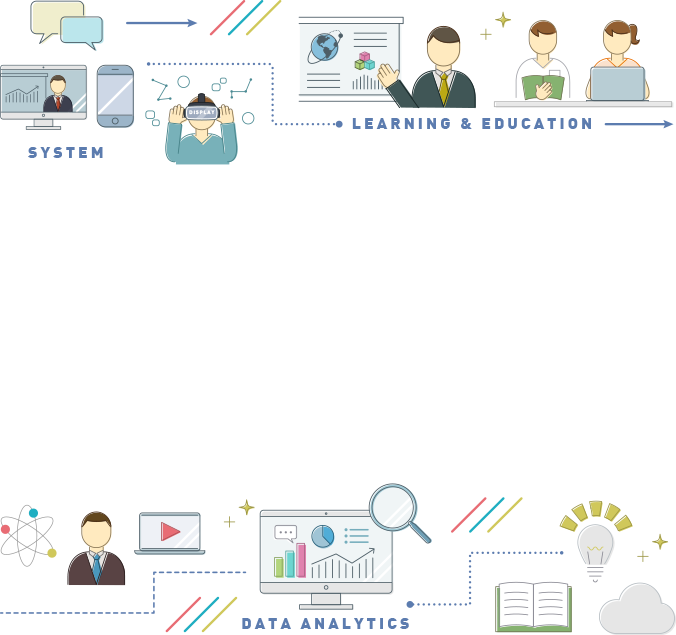Hello everyone, my name is Li Chen, M1 student.
I would like to introduce a paper for this English Literature Seminar.
As discussed in my previous article, my research is related to the use of VR technology in language learning. However, I felt that reading only those about VR-based language learning environments would limit my understanding and knowledge of VR technology. Therefore, in order to gain a broader and deeper understanding of the role of VR technology in the field of education, I have selected papers related to the use of VR technology in CPR skills training.
title:Immersive virtual reality-based cardiopulmonary resuscitation interactive. learning support system.
journal:IEEE Access, 8, 120870-120880.
authors:Yang, C. H., Liu, S. F., Lin, C. Y., and Liu, C. F
year of publication:2020
Cardiopulmonary resuscitation (CPR) is extremely important in the case of cardiac arrest and can reduce mortality and brain damage. Traditional CPR teaching methods have problems such as variations in instructors’ teaching styles and learners’ inability to fully understand the accuracy of chest compressions. To solve these problems, researchers have developed various CPR learning support systems, but these systems also have some limitations.
The purpose of this study is to develop an immersive CPR learning support system using VR technology to improve the effectiveness of CPR training. VR technology provides an immersive learning experience for users and stimulates learners through tactile interaction and game-based learning. In addition, sensors can be used to facilitate self-learning, monitoring the magnitude of pressure and depth of pressure and providing appropriate feedback to ensure learning accuracy.
The results showed a significant improvement in CPR performance and a significant reduction in participants’ compression frequency and compression force errors. The questionnaire results also indicated that most people were satisfied with the CPR learning system. It was suggested that the proposed system provides immersive learning in the form of an interactive game and allows learners to improve their CPR skills. However, the proposed system can only simulate chest compressions and not AEDs.
I chose this paper because it demonstrates the special feature of VR technology: its ability to simulate real-life situations to practice skills. Learners can practice CPR skills as if they were in the real world and can easily apply the CPR skills when they encounter a real patient.
The paper also found that VR technology does not only increase student interest, but also produce effects based on real-life situations. In other words, VR technology simulates real-life situations but embodies things hardly seen or experienced in real-life situations, such as the magnitude of pressure or the depth of pressure. This allows learners to quickly acquire skills based on concrete numbers and body sensations when applying force, rather than having to repeat practice. These findings may be useful for future VR-related research.
As my opinion on this paper is that since the participants used the system only once, no delayed testing was done, and mastery of CPR techniques was not verified, it seems impossible to assert that it confirms the effectiveness of the system. In addition, since there is no discussion of which elements of the system’s effectiveness enhance the effectiveness of the system itself, it seems insufficient to simply determine significant differences based on the results of pre-tests and post-tests. In my view, the effectiveness of the system should be examined from a variety of perspectives, including the usefulness of the system and the cognitive load it causes. Also, although the positioning of this study is aimed at reducing costs in learning CPR, from an educational engineering perspective, I feel that the proposed system is not aimed at improving education, but more of an information science study. This, in my opinion, indicates that different disciplines may position their research differently, even when using the same technology.
However, by reading this paper, I deeply felt that VR technology is very important in the field of educational support. Not only that it can motivate learners, but it can also solve education problems. By utilizing the technology, I believe that the full potential of VR technology can be realized. I sincerely hope that I can contribute to such research.







